
Wildlife Crossings: A Vital Solution for Highway Safety and Biodiversity Conservation
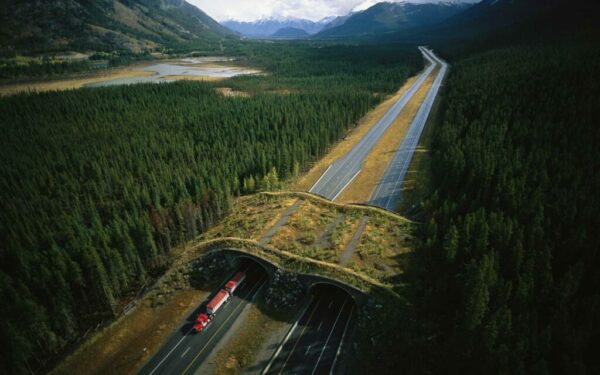
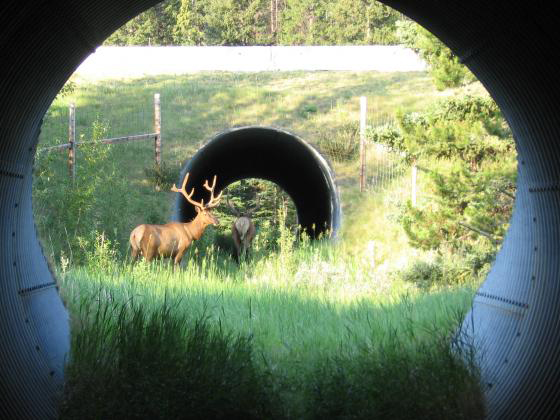
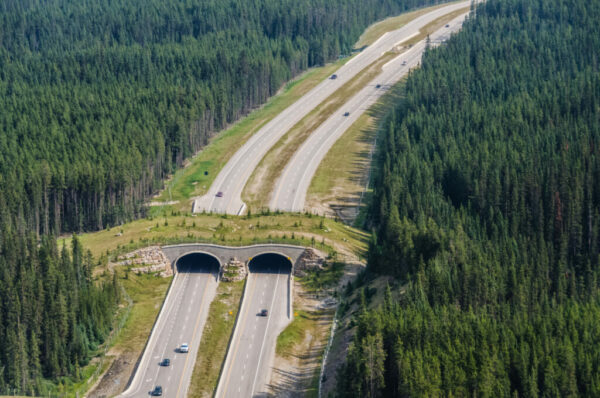
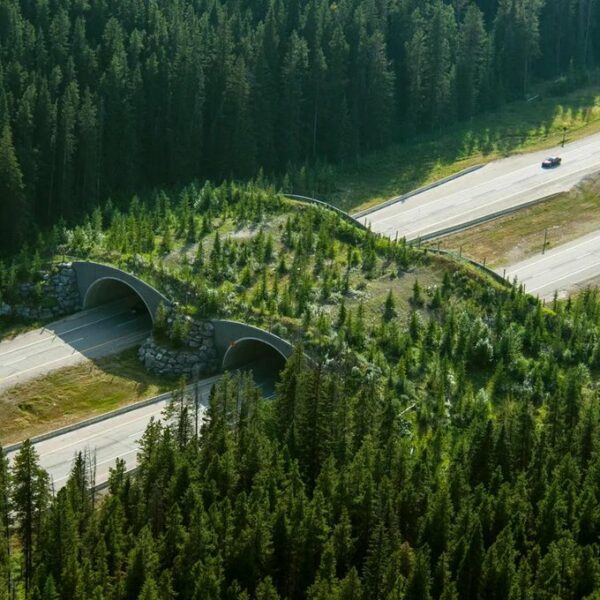
In the heart of Banff National Park, the Trans-Canada Highway weaves its way through the majestic Rocky Mountains, serving as a crucial transportation corridor between British Columbia and Alberta. For decades, this stretch of road has been a lifeline for commerce and tourism alike. However, as traffic volumes steadily increased, so did the number of tragic and often fatal wildlife-vehicle collisions. The need for a solution became impossible to ignore — and thus, the Banff Wildlife Crossings Project was born.
Launched in 1978 by Public Works Canada, the Banff Wildlife Crossings Project aimed to mitigate these deadly encounters while restoring essential wildlife migration routes that had been severed by the busy highway. The initiative was part of a broader effort to twin an 82-kilometer section of the Trans-Canada Highway — from the park’s east gate all the way to the British Columbia border — thereby improving both road safety and ecological connectivity.
The first major milestone came in 1996, with the construction of two wildlife overpasses, each costing approximately $1.5 million. These pioneering structures were not just bridges — they were a bold experiment in blending civil engineering with ecological stewardship. Since then, the project has grown substantially, now featuring 38 underpasses and six overpasses strategically placed across the highway segment that cuts through the park. These crossings have become critical lifelines for wildlife, allowing safe passage over or under the road.
To passing motorists, the overpasses might appear as ordinary vegetated mounds. But for animals, they represent a safe, unobstructed path between fragmented habitats. The tops of these overpasses are carefully designed with native soil and vegetation, mimicking the surrounding environment and encouraging use by a wide range of species. Additionally, fencing along the highway guides animals toward the crossings and prevents them from venturing onto the road, where the risk of collision is highest.
Extensive research and long-term monitoring have revealed the project’s impressive success. Over a dozen species — including elk, deer, moose, wolves, coyotes, lynx, wolverines, and bears — have been documented using the crossings. Elk were among the first large animals to test the structures, even before construction had been completed. Interestingly, each species exhibits distinct preferences: open-air overpasses are favored by species such as grizzly bears, moose, and elk, while more enclosed underpasses are preferred by cougars and black bears.
Beyond drastically reducing wildlife-vehicle collisions — by more than 80% overall and over 96% for deer and elk specifically — the crossings have contributed to a healthier and more genetically diverse ecosystem. By reconnecting previously isolated habitats, these structures enable animals to migrate, breed, and expand their territories, bolstering the resilience of local wildlife populations.
Perhaps most notably, the Banff Wildlife Crossings Project has become a global symbol of conservation innovation. Researchers, engineers, and conservationists from around the world have visited Banff to study the project’s design, implementation, and outcomes. Inspired by Banff’s success, similar wildlife crossings are now being developed across the globe — from tiger corridors in India and howler monkey bridges in Costa Rica, to jaguar crossings in Argentina and panther paths in Florida.
More than just an engineering achievement, the Banff Wildlife Crossings Project stands as a testament to what’s possible when science, government agencies, and environmental stewardship align. It’s a compelling reminder that human infrastructure and wildlife conservation don’t have to be at odds — and that with thoughtful planning, coexistence is not only possible but sustainable.
In a world facing escalating environmental pressures, the project offers a beacon of hope — proving that even in high-traffic, human-dominated landscapes, nature can thrive when given the right opportunities.
News in the same category


Humanity Has Officially Found 6,000 Exoplanets, NASA Announces

There’s A 90% Chance of Black Hole Explosion in the Next Decade, Scientists Say

Prime views of the Andromeda Galaxy and Ceres—October 2

Northern Lights Could Be Seen in Northern U.S. — Sept 30 – Oct 1, 2025

Alnitak, Alnilam, and Mintaka: Orion’s Belt Stars Thousands of Light-Years Away

Humanity Preserved: A 5D Crystal Holds 360 TB of Our Genome to Outlast Civilization

Researchers make groundbreaking discovery about ChatGPT after testing it with 2,400 year-old math problem

Why this city has introduced a screen time limit of 2 hours per day

The Truth Behind the Bermuda Triangle May Be Scarier Than UFOs
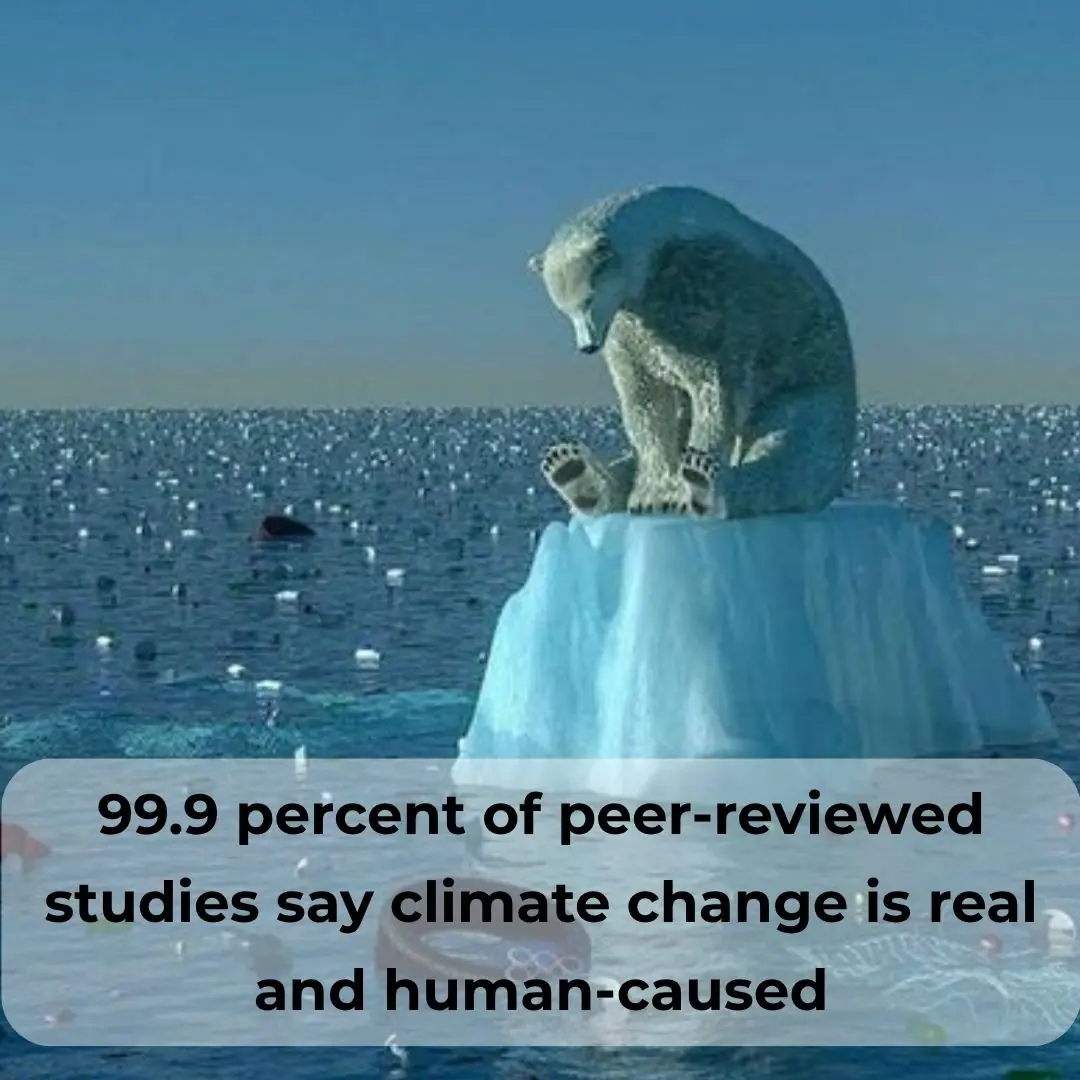
Over 99% of peer-reviewed studies confirm climate change is real and driven by humans

Passenger lands in hospital after humiliating TSA spat over stubborn jewelry

A Man Knocked Down His Basement Wall, Discovering Ancient Underground City That Housed 20,000 People

Magnificent 2300-Year-Old Scythian Woman’s Boot: A Timeless Fashion Statement

Mind-Blowing Cloud Formations You Probably Haven’t Seen Before
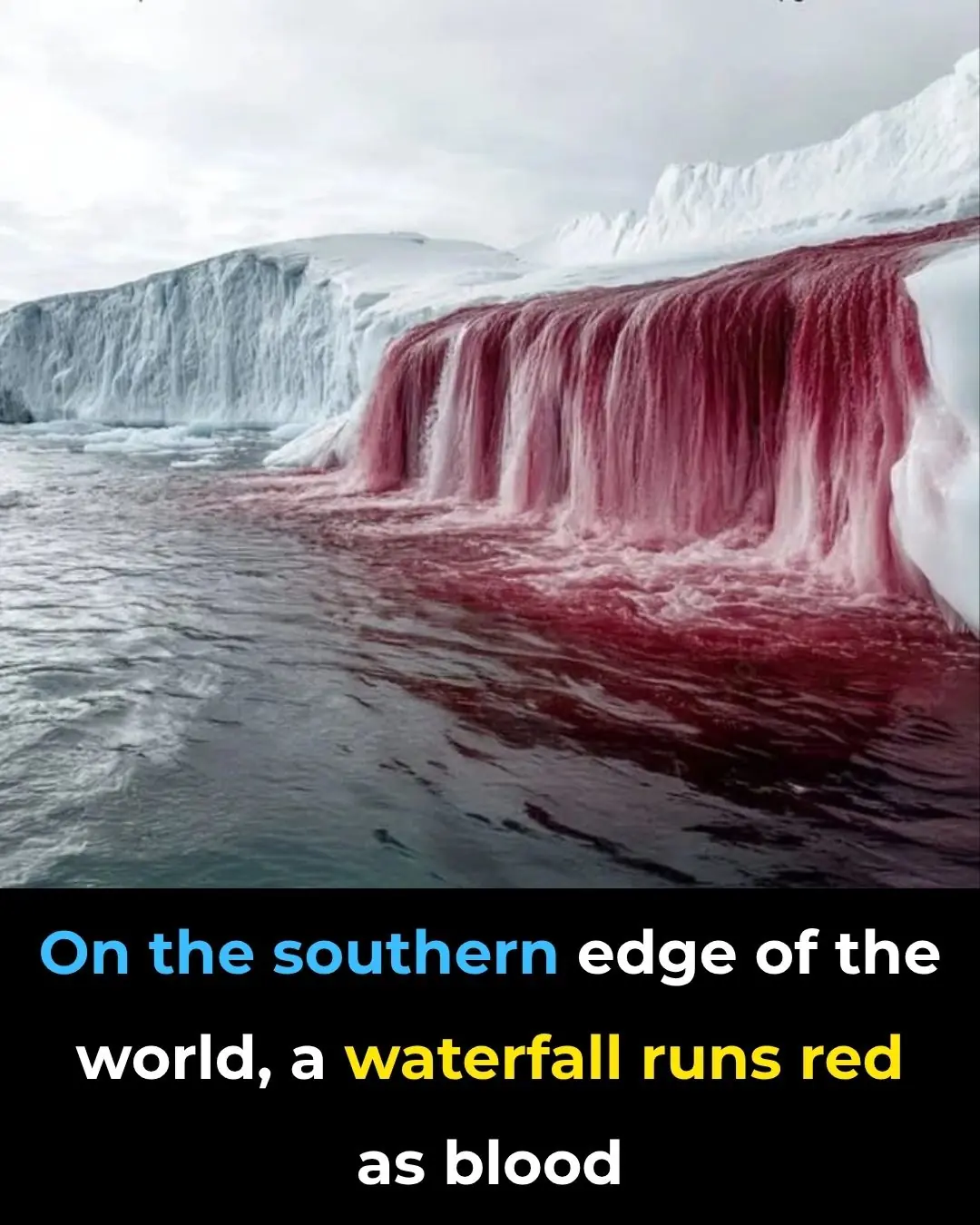
On the southern edge of the world, a waterfall runs red as blood
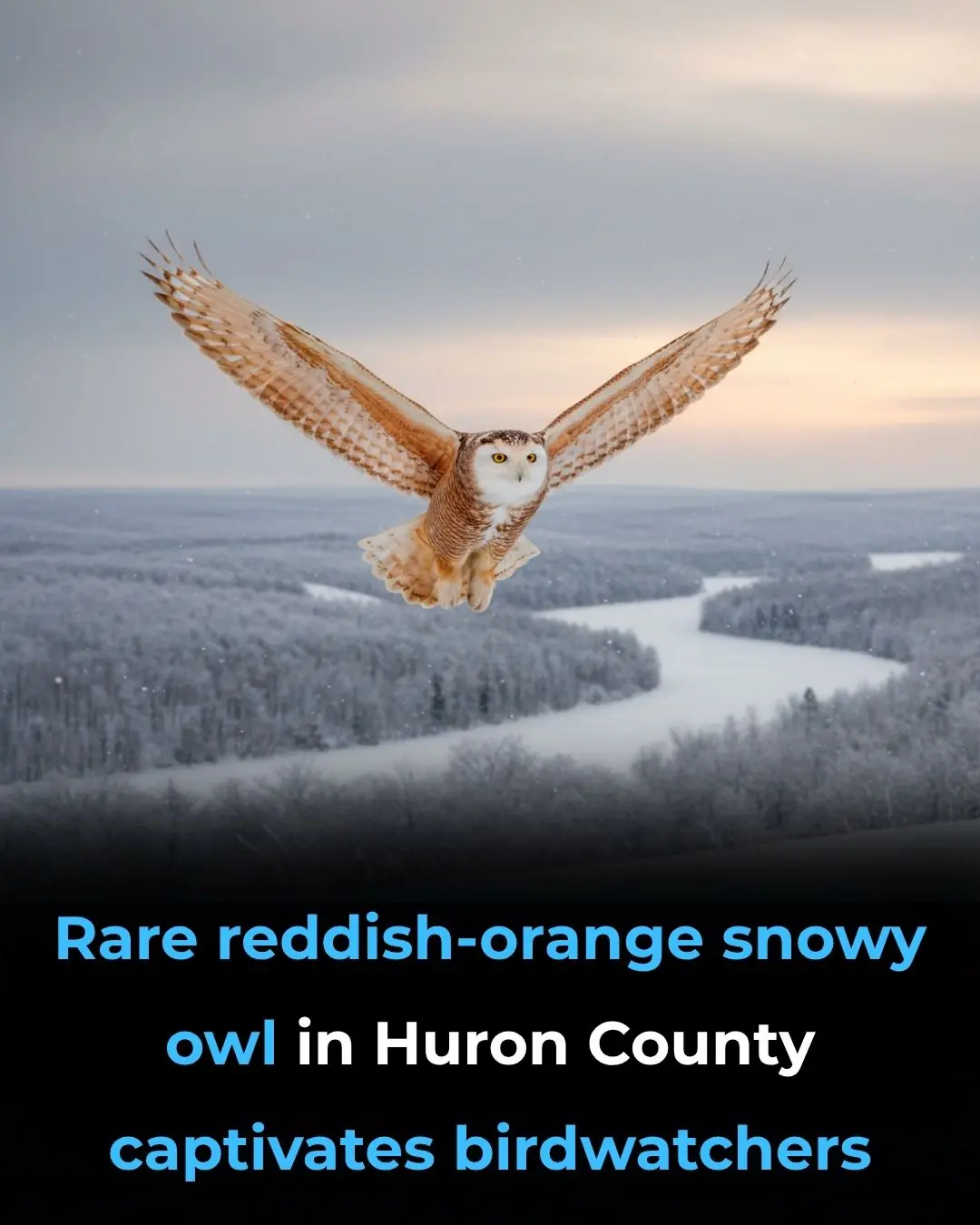
Rare reddish-orange snowy owl in Huron County captivates birdwatchers
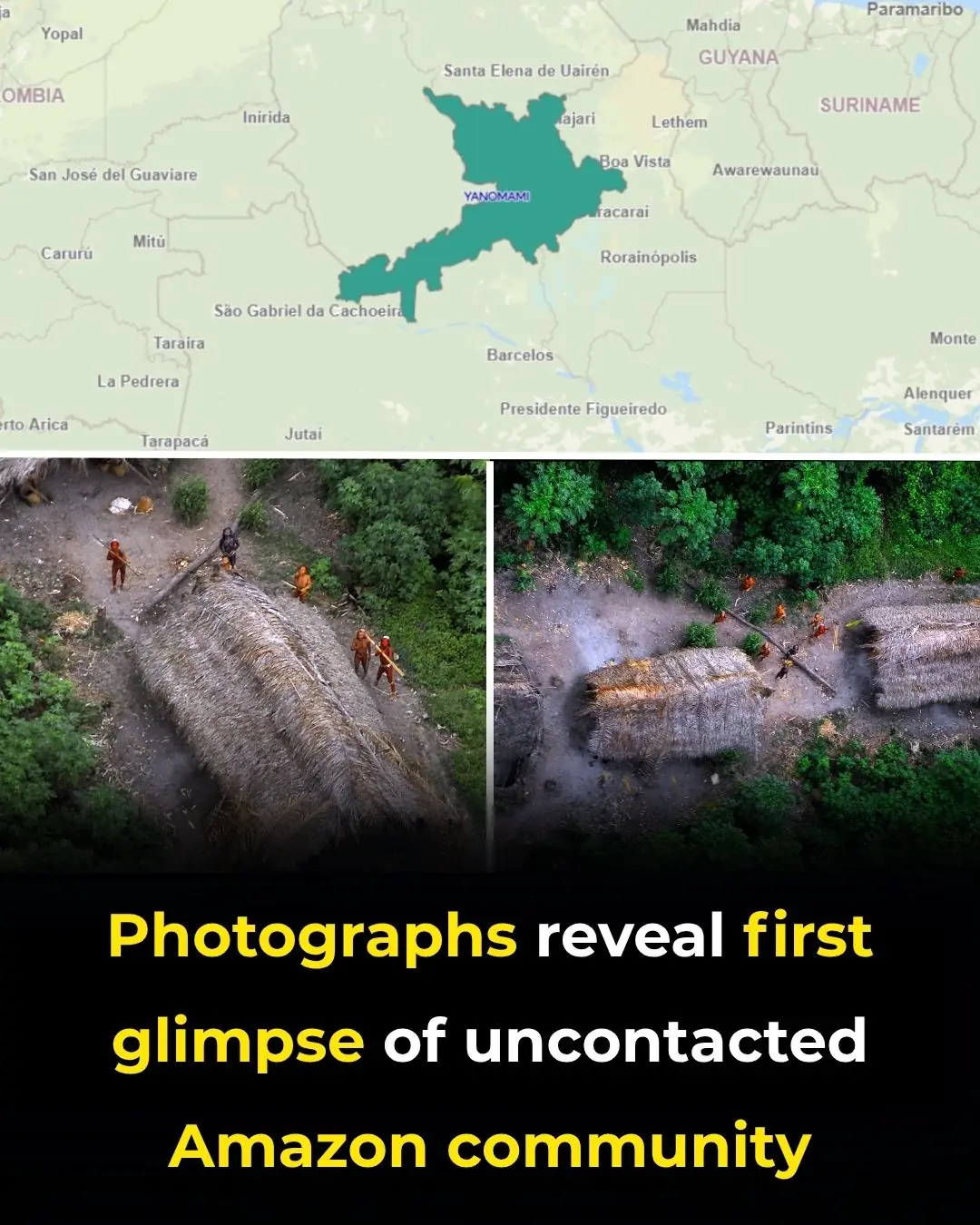
Photographs reveal first glimpse of uncontacted Amazon community

Floating Gardens on Parking Lot Roofs: Japan’s Green Revolution
News Post

Aloe Vera and Cinnamon Remedy: Natural Benefits for Eye Health, Immunity, and Healing
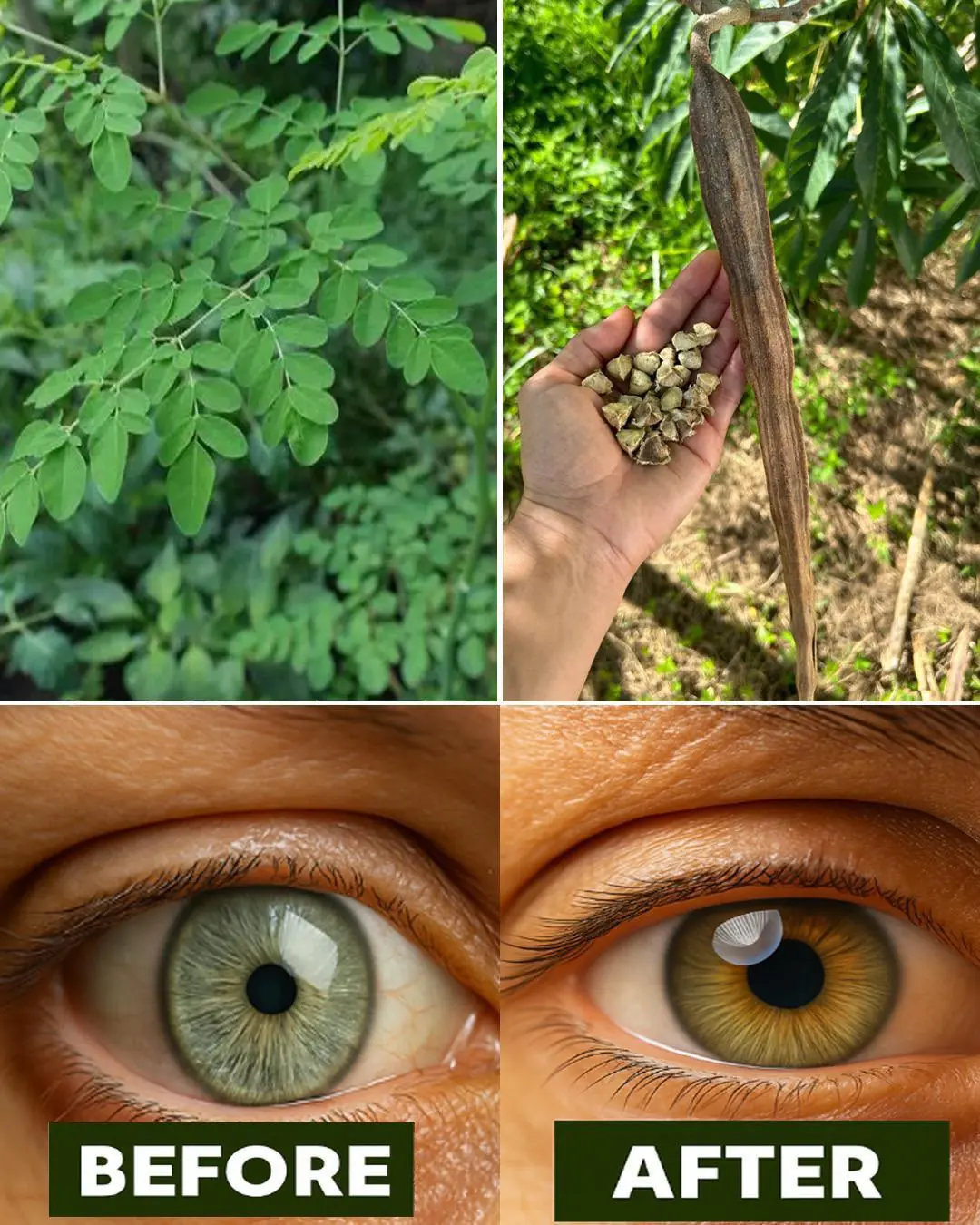
12 Powerful Benefits of Moringa Seeds

Goldenberries (Physalis peruviana): A Nutrient-Packed Powerhouse for Health and Vision

Oregano: The Golden Herb for Eye Health

Some of the Benefits of Castor Leaves and the Seed

10 Benefits and uses of purslane
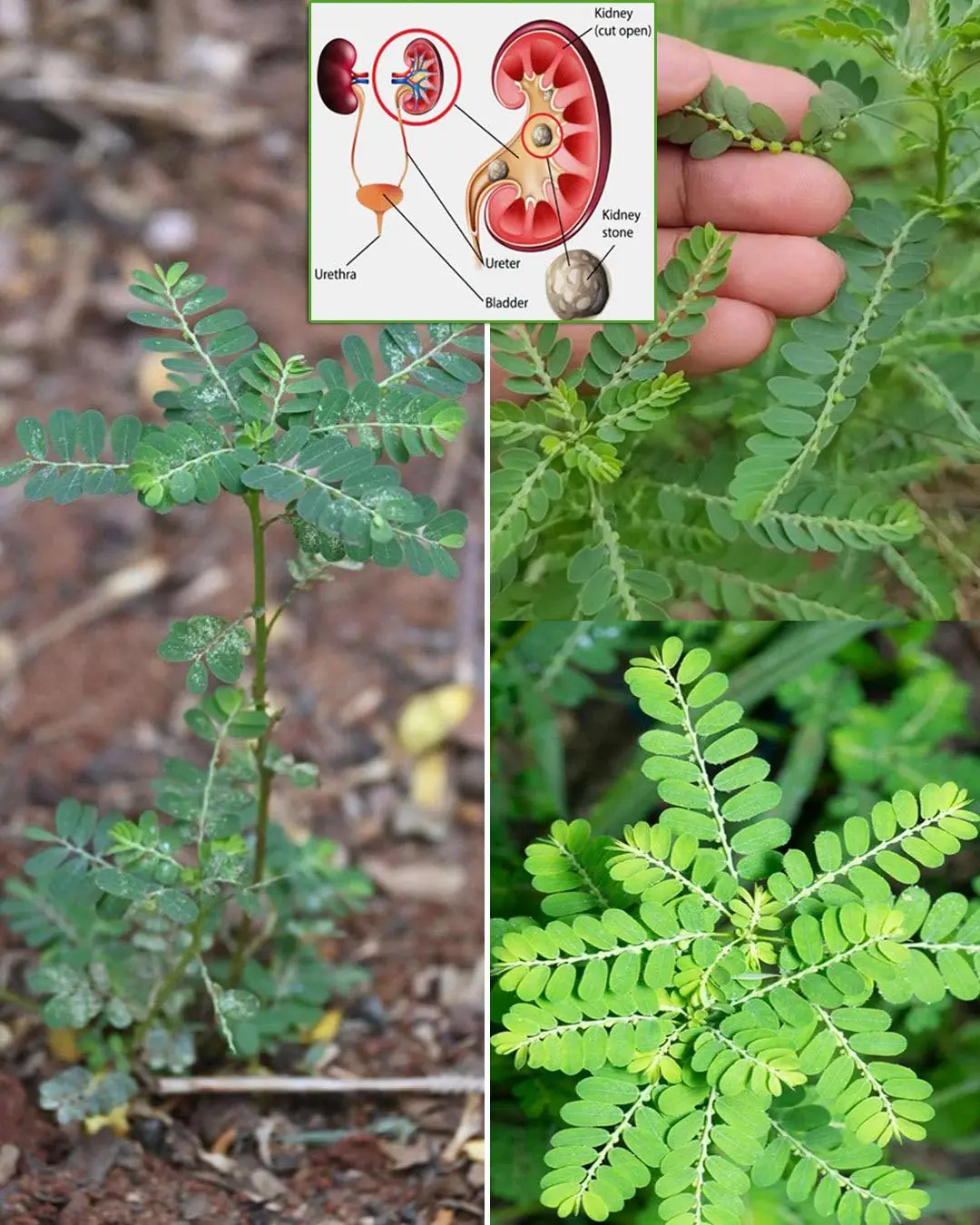
Chanca Piedra (Stonebreaker): Benefits and Uses

Do you need to unplug the rice cooker after the rice is cooked: The surprising answer November 27, 2024

7 Benefits Of Papaya Seeds & How To Consume Them Correctly
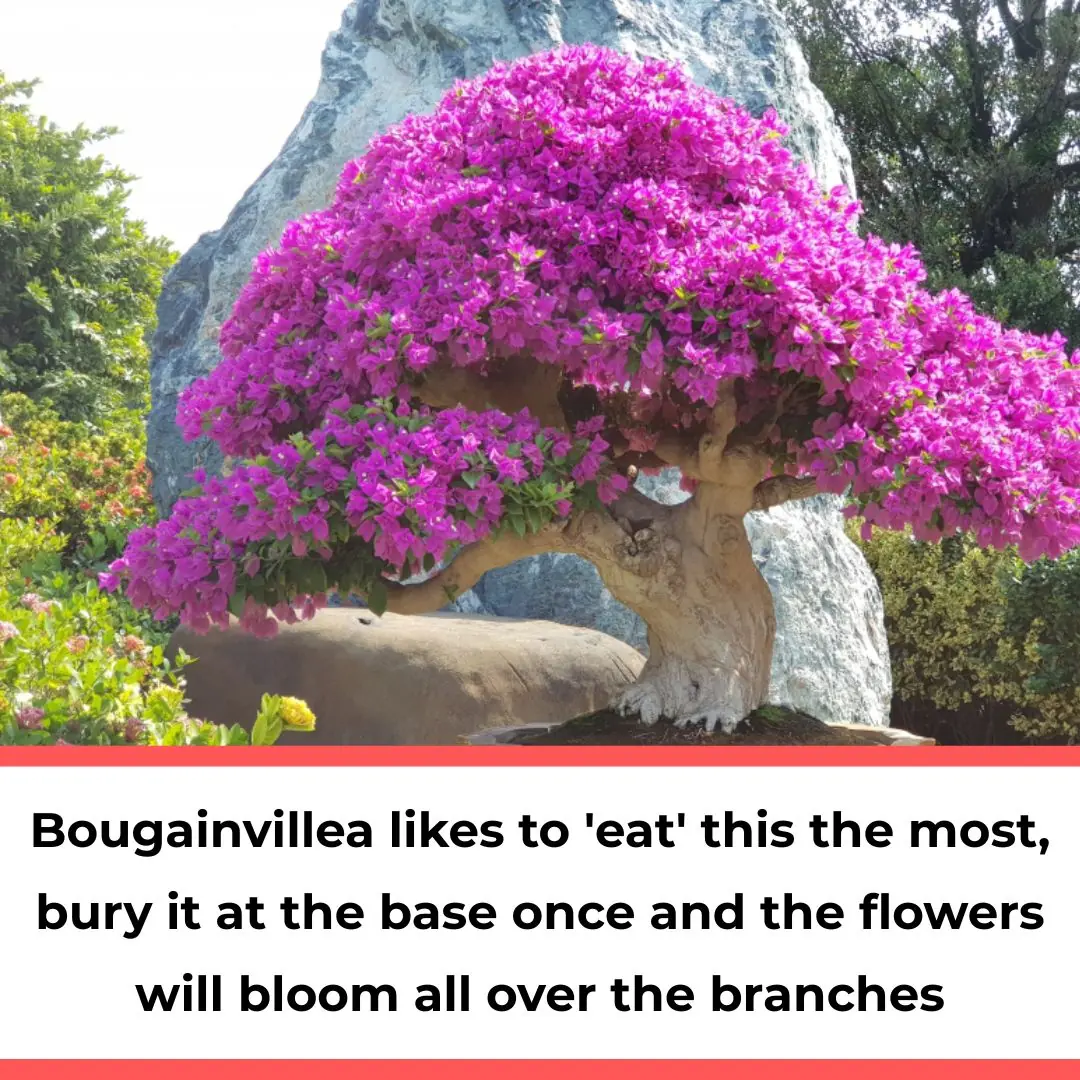
Bougainvillea likes to 'eat' this the most, bury it at the base once and the flowers will bloom all over the branches

The elders say: "If you put these 3 things on top of the refrigerator, no matter how much wealth you have, it will all be gone." What are these 3 things?

Can rice left in a rice cooker overnight be eaten? Many people are surprised to know the answer.

After boiling the chicken, do not take it out immediately onto a plate. Do one more thing to make sure the chicken is crispy, the meat is firm, and the skin does not fall apart when cut.

Cut this fruit into small pieces and put it in the pot to boil the duck: The bad smell is gone, the meat is fragrant, soft and flavorful.

Warts on Hands: Causes and Effective Natural Treatments

Medicinal Health Benefits of Turmeric, Curcumin and Turmeric Tea Based on Science

4 ways to preserve green onions for a whole month without spoiling, fresh as new

The best way to lower blood pressure fast!

9 Habits You Need To Adopt Today To Stop Alzheimer’s or Dementia Before It Starts
